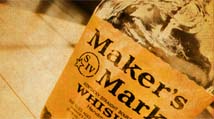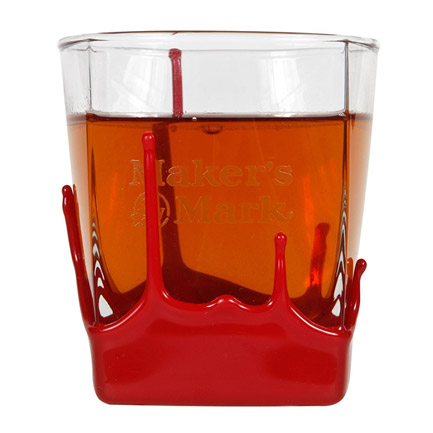 There's been a dizzying amount of talk about the Maker's Mark decision to cut the alcohol content in its bourbon—then reversing the decision because of the public outcry.
There's been a dizzying amount of talk about the Maker's Mark decision to cut the alcohol content in its bourbon—then reversing the decision because of the public outcry.
Diluting a product does more than simply give the customer less (always a bad idea). It waters down the brand's equity. So though it turns out that the bourbon will remain intact, the brand will suffer.
All the buzz has been about what the public thinks. But I wonder about the internal audiences: employees, suppliers and board of directors.
Did Maker's Mark communicate with them at all?
Here's what the company leadership should have done:
- Emphasize that scarcity can be an opportunity instead of a hazard—and why.
- Further build internal pride in being
 A strong internal culture is the best medicine. Bottoms up!associated with this highly desirable, premium brand.
A strong internal culture is the best medicine. Bottoms up!associated with this highly desirable, premium brand. - Address any fears about job security that might arise.
- Share the vision for the purpose and future of the brand.
- Ask internal audiences for ideas on how to address the shortage.
- Give due diligence to exploring those ideas and report back.
- Create internal champions, then liberally serve up information about how to talk about the shortage and what it means.
- Keep communicating so everyone on the inside drinks the Kool-Aid (the bourbon!) and is engaged, energized and ready to move the company forward.
Maker's Mark let its audiences down—both external and internal. But it's not too late. The company can take the same steps above and start working on rebuilding its brand from the inside—out.



